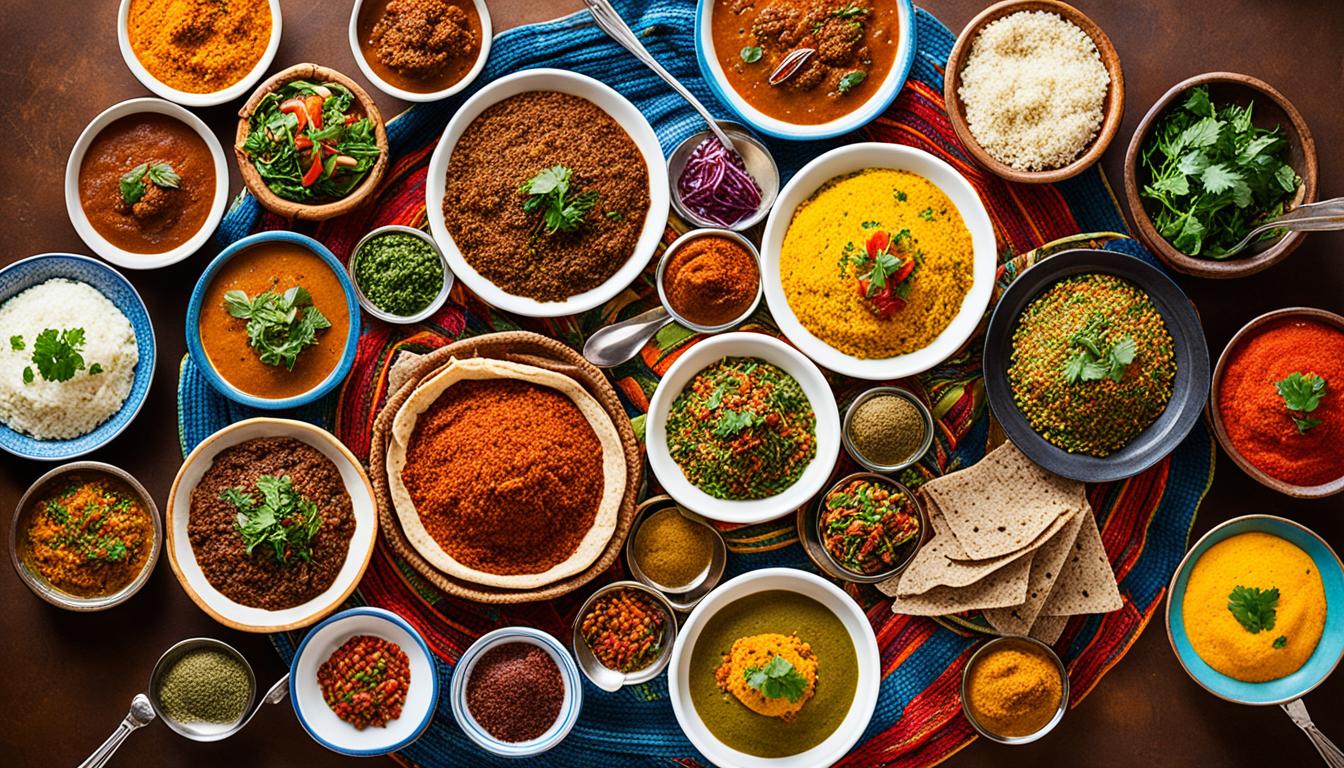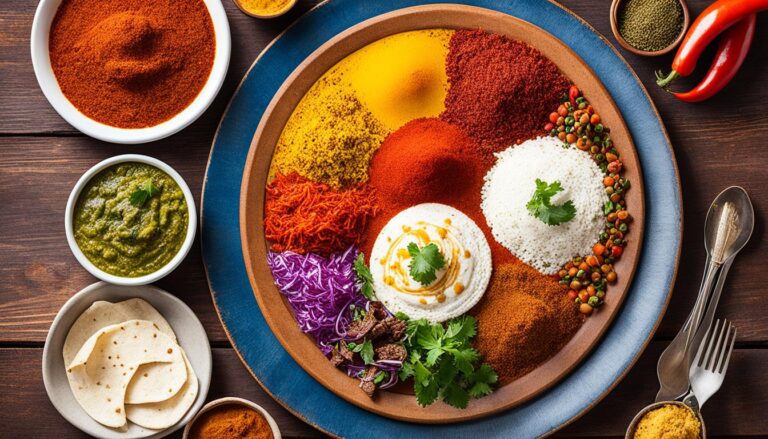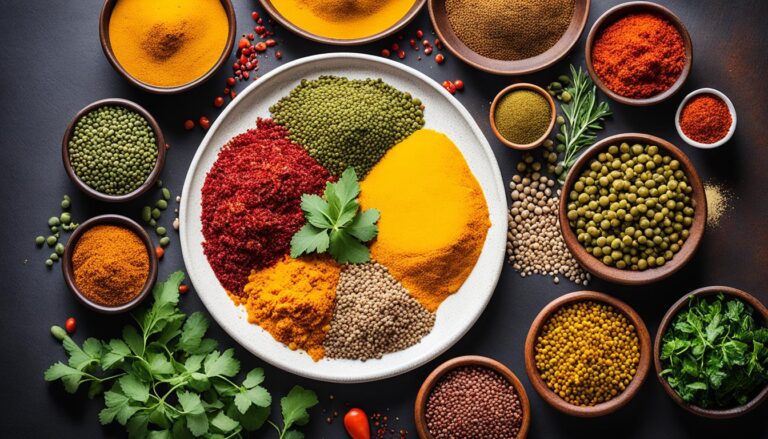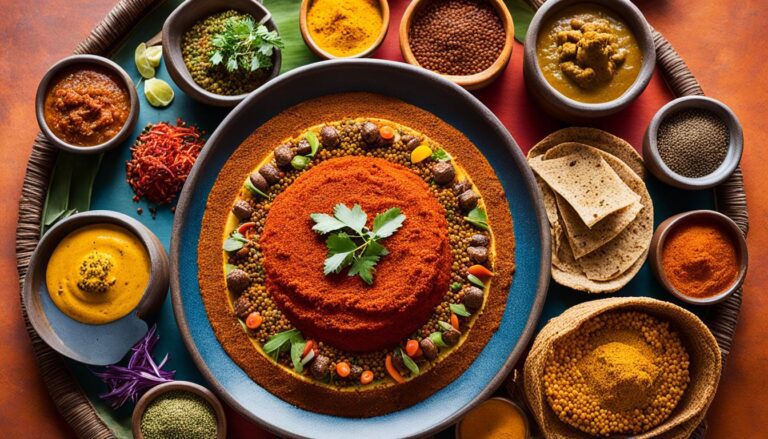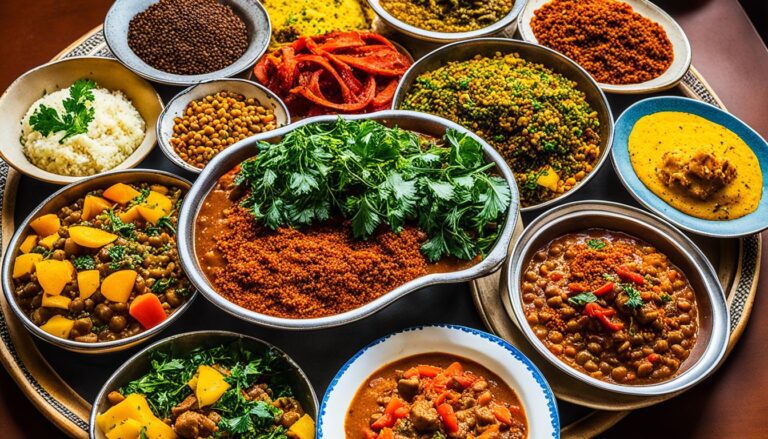Why Is Ethiopian Food So Expensive?
Have you ever wondered why Ethiopian food tends to carry a higher price tag compared to other types of cuisine? The flavors and aromas of Ethiopian dishes are undeniably enticing, but what factors contribute to the cost of these delectable meals? Let’s delve into the intriguing world of Ethiopian cuisine and uncover why it comes at a premium price.
Key Takeaways:
- The use of traditional ingredients and spices, like teff flour and berbere, can be expensive to source and import.
- The labor-intensive process of making injera, the staple bread, adds to the overall production cost.
- The limited availability of Ethiopian ingredients and the reliance on small-scale farming contribute to the higher prices.
- The cultural significance of Ethiopian food and its growing popularity have also led to an increase in demand, driving up the prices.
- Despite the higher cost, the unique flavors and cultural experience of Ethiopian food continue to attract food enthusiasts and curious diners.
The Influence of Traditional Ingredients
Ethiopian cuisine is renowned for its unique and flavorful dishes, which are created using a variety of traditional ingredients. Two key components that play a significant role in Ethiopian cooking are teff flour and berbere spice blend. Teff flour, a small grain primarily grown in Ethiopia, is used to make injera, a sourdough flatbread that accompanies most Ethiopian meals.
However, the availability of teff flour outside of Ethiopia can be limited, leading to higher prices. In fact, the Ethiopian government previously banned the export of teff to control rising prices within the country. Although current teff exports are allowed but limited, the cost of teff flour remains high in the United States, contributing to the expense of Ethiopian food.
In addition to teff flour, berbere is another essential ingredient in Ethiopian cuisine. It is a complex spice blend that typically consists of chili peppers, cinnamon, and Ethiopian sacred basil, among other flavorful components. The combination of these ingredients creates a distinctive taste that is characteristic of Ethiopian dishes.
The unique sourcing of these traditional ingredients further adds to the overall cost of Ethiopian food. The process of importing and acquiring teff flour and berbere can be expensive, as it often involves sourcing from specialized suppliers or directly importing from Ethiopia. The complexity and rarity of these ingredients contribute to their higher price.
The influence of traditional ingredients like teff flour and berbere demonstrates the rich cultural heritage behind Ethiopian cuisine. While the sourcing and importing of these ingredients may contribute to the higher prices of Ethiopian food, they are essential in creating the authentic flavors and experience that make Ethiopian cuisine so unique and beloved.
Labor-Intensive Preparation
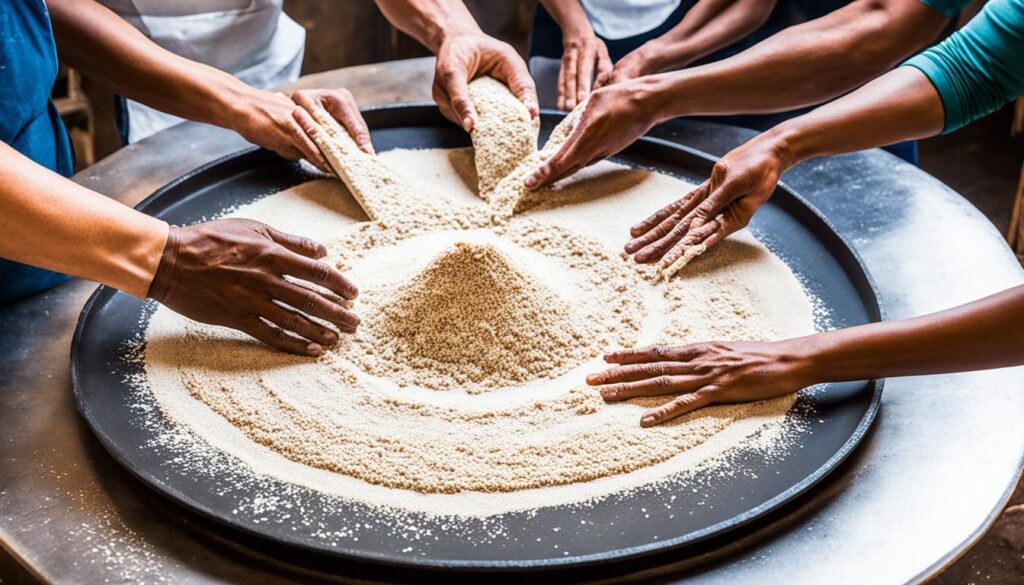
One of the distinguishing features of Ethiopian cuisine is the injera, a sourdough flatbread made from fermented teff or teff-wheat flour. The process of making injera is labor-intensive and time-consuming. It involves fermenting the batter for several days before griddling it on a hot mitad grill. The meticulous preparation and cooking technique contribute to the overall production cost of Ethiopian food. The effort and skill required to make authentic injera result in higher prices for Ethiopian dishes that include this staple bread.
Limited Availability and Small-Scale Farming
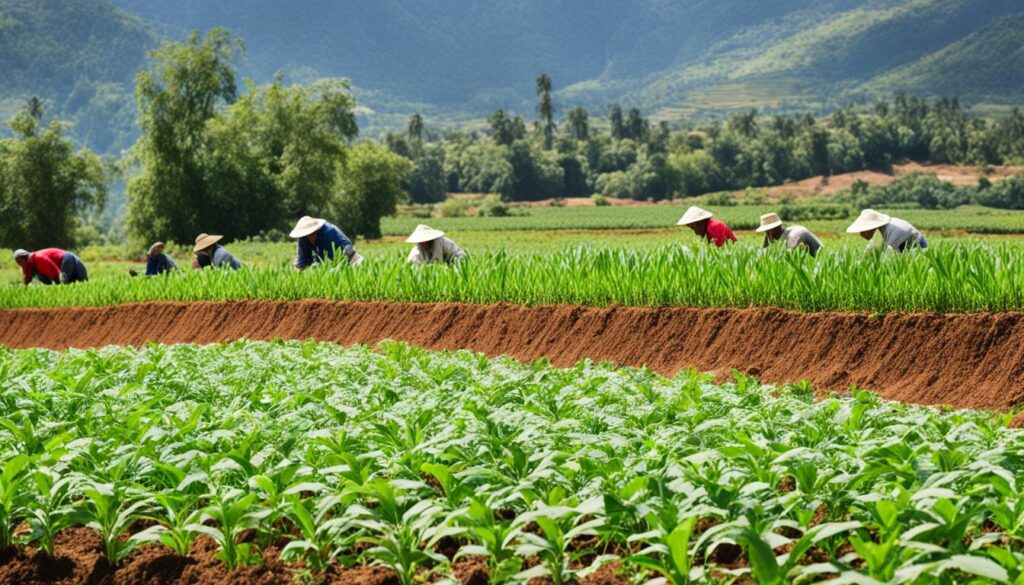
Ethiopian food faces challenges when it comes to availability and sourcing of ingredients. Many Ethiopian ingredients are not widely available outside of Ethiopia, making them harder to obtain and more expensive to import. This limited availability drives up the prices of Ethiopian food, as the supply cannot meet the demand. Additionally, Ethiopian cuisine heavily relies on small-scale farming, where 90% of crops are produced by smallholder farmers. While small-scale farming embraces traditional methods and supports local communities, it often comes with lower yields and higher production costs.
This dependence on small-scale farming contributes to the overall expense of Ethiopian food, as the limited production scale cannot keep up with the growing demand. As a result, the prices of Ethiopian dishes are higher compared to other types of cuisine.
Challenges of Small-Scale Farming
Small-scale farming practices, although important for preserving traditional agricultural methods, face various challenges that affect the availability and cost of Ethiopian food. Limited access to modern farming technologies and resources, such as advanced irrigation systems and high-quality fertilizers, can result in lower crop yields. Moreover, small-scale farmers often lack access to efficient transportation and storage facilities, which leads to significant post-harvest losses. These challenges further contribute to higher production costs and ultimately higher prices for Ethiopian ingredients and dishes.
Conclusion
In conclusion, Ethiopian food in the US is often associated with higher prices due to a combination of factors. The use of traditional ingredients such as teff flour and berbere spice blend, known for their unique flavors, plays a significant role in contributing to the overall expense. These ingredients can be expensive to source and import, adding to the pricing of Ethiopian dishes.
The labor-intensive process involved in making injera, the staple bread in Ethiopian cuisine, also adds to the higher cost. The meticulous preparation and fermentation of the batter require time, skill, and effort, which contributes to the production cost of Ethiopian food.
Furthermore, limited availability and small-scale farming practices impact the pricing of Ethiopian dishes. Many Ethiopian ingredients are not widely available outside of Ethiopia, making them harder to obtain and more expensive to import. Relying on small-scale farming, with its inherent challenges such as lower yields and higher production costs, further affects the pricing of Ethiopian cuisine.
Despite the higher cost, Ethiopian food continues to captivate food enthusiasts and curious diners with its unique flavors and cultural experience. The growing popularity and cultural significance of Ethiopian cuisine have led to an increased demand, further driving up prices. For those seeking an extraordinary culinary adventure, the rich flavors and vibrant traditions of Ethiopian food are worth the investment.

